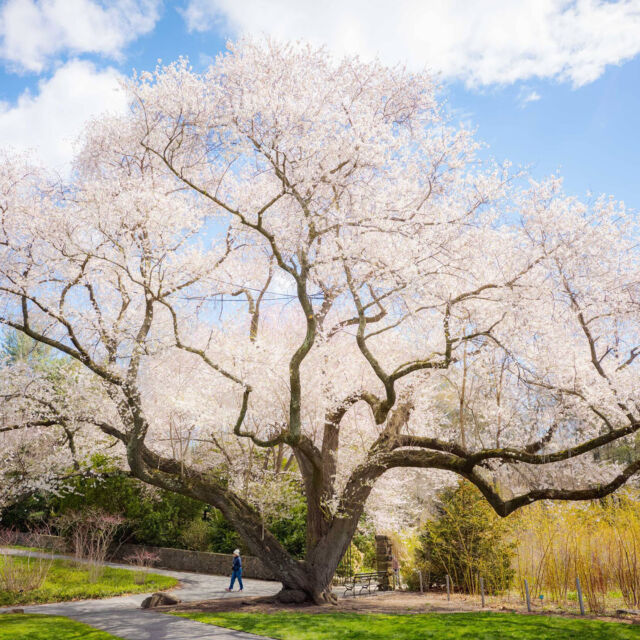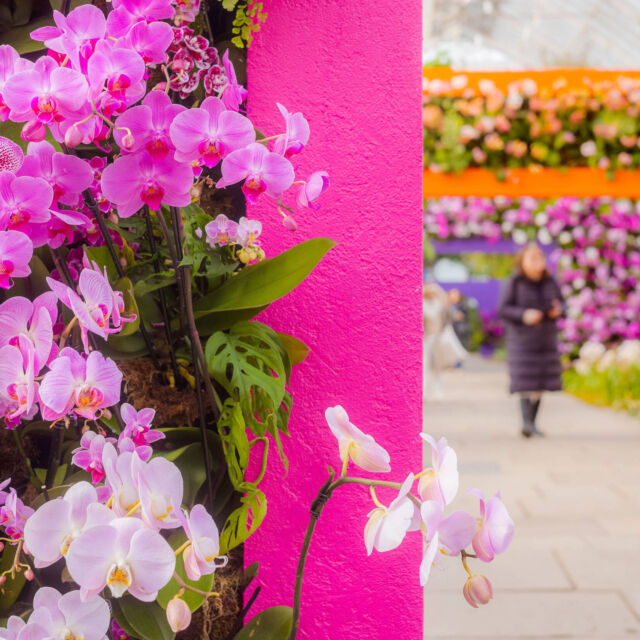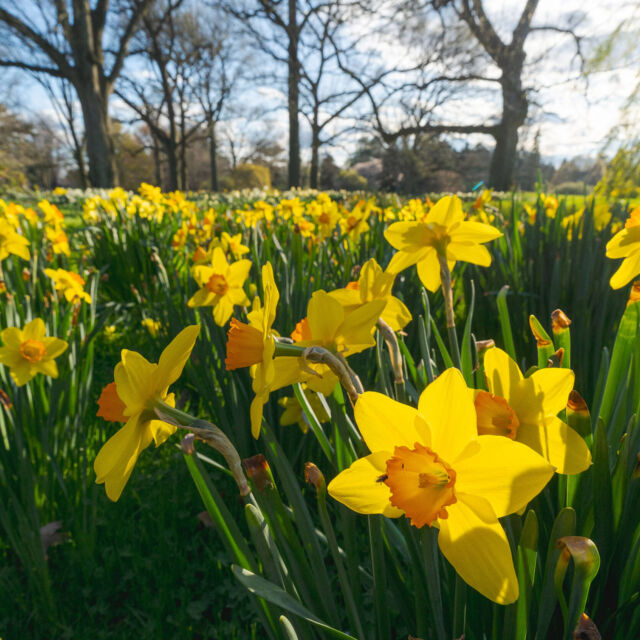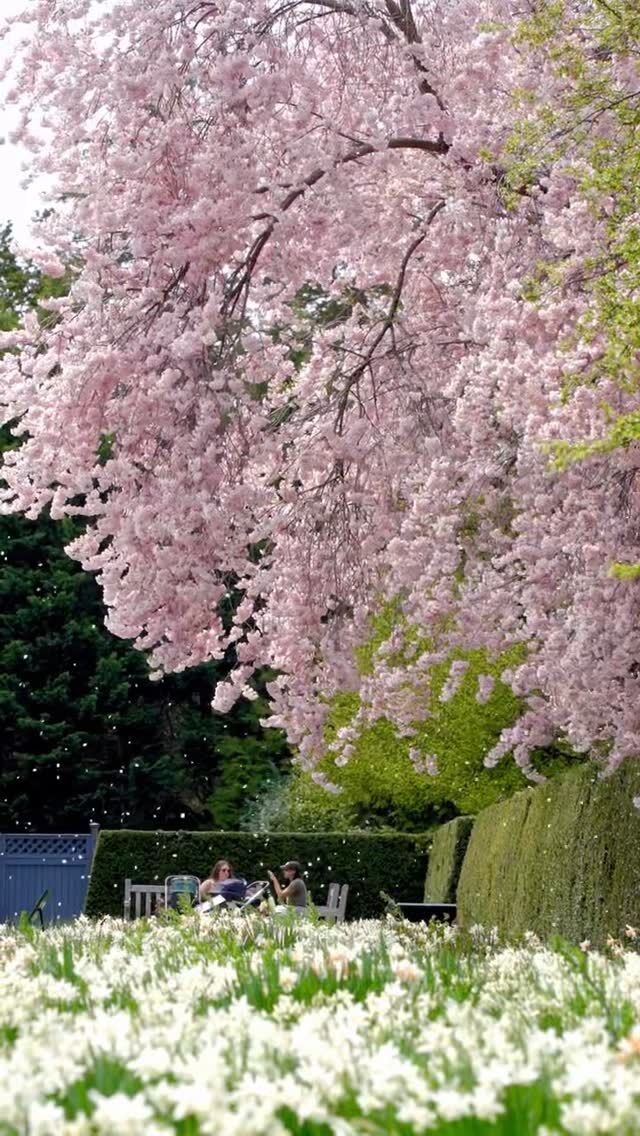The Key to Good Fortune with Your Money Tree
Have you heard of the money tree?
Its scientific name is Pachira aquatica—though these plants are known differently throughout the regions where they live, including the Malabar chestnut, French peanut, Guiana chestnut, Provision tree, and Saba nut. Pachira aquatica is native to the tropical wetlands in Central and South America, but today you can find it in just about any nursery—especially during Lunar New Year, as these trees also hold cultural significance as symbols of luck and good fortune.
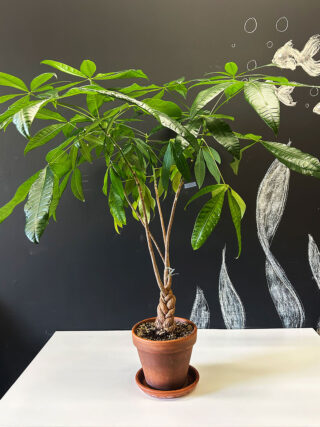
The “money tree” that we see sold for indoor use is usually multiple trees braided together by their spindly trunks, yielding a sturdier plant with a whorl of leaves at the top. In the wild, they can grow up to 60 feet, but the braided, indoor plants usually only reach between three and six feet. The green glossy leaves, intricate shape, convenient size, and low-maintenance tendencies of the money tree make it a popular houseplant. Though it is easy to care for, it must have the right routine with adequate moisture, humidity, and light.
This low-care plant can be tricky at times—a common problem is losing all of its leaves. Here are some answers to help guide you through its maintenance, put together by our Plant Doctors in the Mertz Library:
- Leaves may yellow and fall in autumn, when days shorten and light becomes lower. Increase light, if possible, and then be patient; the leaves should return with the next flush of growth.
- Money trees will often drop their leaves in shock when disturbed too much at the roots. They also dislike being moved from one position to another or experiencing hot or cold drafts, and will protest by dropping leaves. Correct the environment as needed and be patient; the leaves will probably return with the next flush of growth.
- Crispy, curling, and falling leaves may indicate too little humidity in the environment, particularly in winter; inadequate light; or an inconsistent watering routine.
- Yellowing leaves and rotting stems indicate that you are over-watering, splashing water on the stem, or the soil is retaining too much water.
There are many tales that surround the money tree, typically associated with luck, good fortune, prosperity, and auspiciousness—all words that are also relevant to the Lunar New Year, for which this plant is a common gift, given as a houseplant that will bestow good luck to anyone residing near it.
The history of the money tree is blurry, but may date back to the Han Dynasty (206 BCE–220 CE). Made of bronze, these “money tree” sculptures were holy trees that were adored and thought to bring wealth and fortune to the people. They were commonly placed in tombs, with ornate coins that hung from the limbs of the tree. These coins were said to emit supernatural light to guide souls into the afterlife, as well as continue to bring them abundance and good fortune in the spirit world. The term “money tree” first appeared in the eighth century CE. There are many legends that try to explain the origin of the Chinese money tree, with folktales that tell of shaking the tree to gather the coins and riches that fall from it.
As for the modern verdant and leafy plant, the braided “money tree,” made of Pachira aquatica or a similar species, Pachira glabra, is rumored to have been created in the 1980s by a truck driver in Taiwan who cultivated the plant as a bonsai. Its five green leaves in a cluster are said to represent coins, and are also associated with the Chinese lucky number 5, which is usually linked to the elements of feng shui: water, earth, fire, wind, and metal. In rare cases, plants may have stalks with seven leaves—which is a sign of immense good fortune. The money tree’s placement in your home is also important for feng shui, in order to achieve harmony and balance.
Want to care for your own money tree and keep it healthy throughout the year? Learn more in our Money Tree Guide, or ask our Plant Doctor for more tips.
SUBSCRIBE
Enter your email address to subscribe to this blog and receive updates on new posts.
